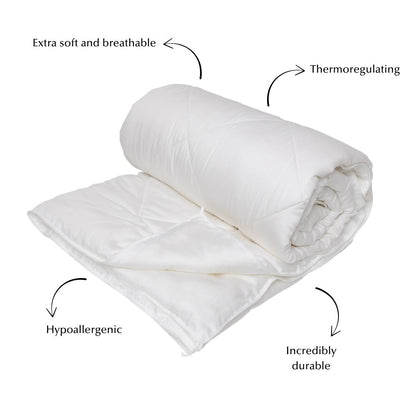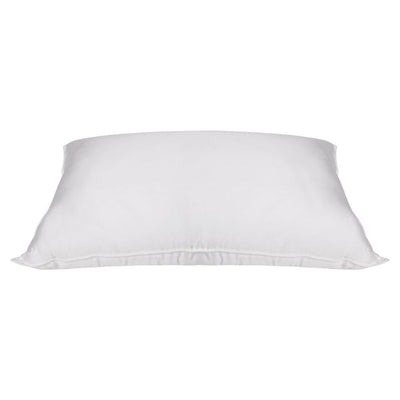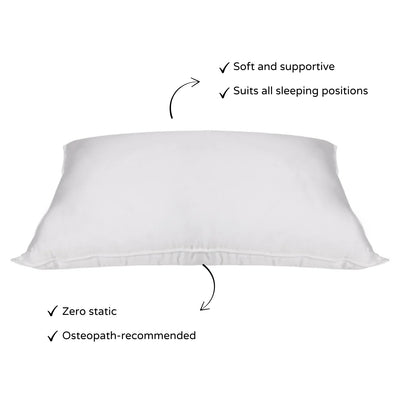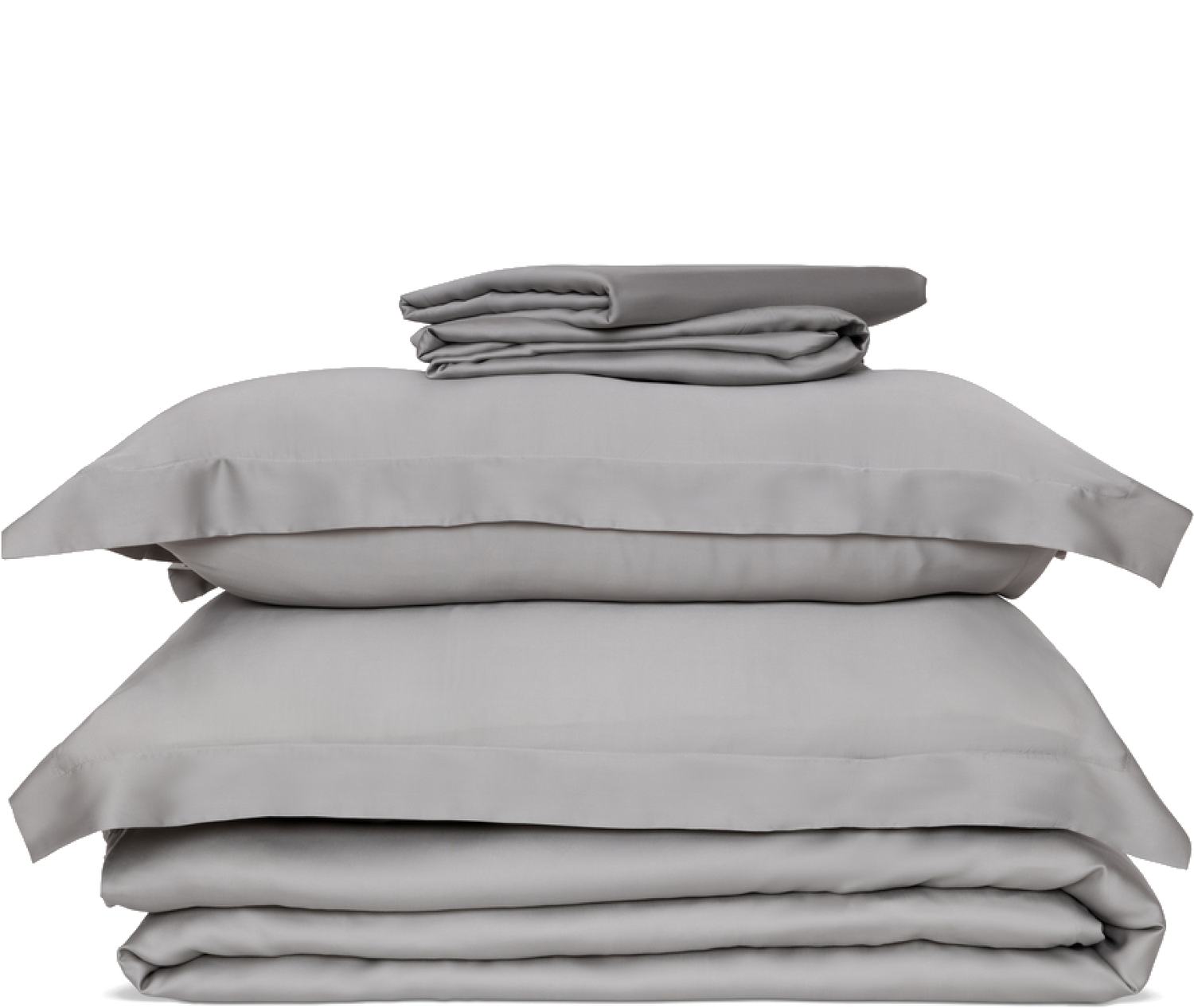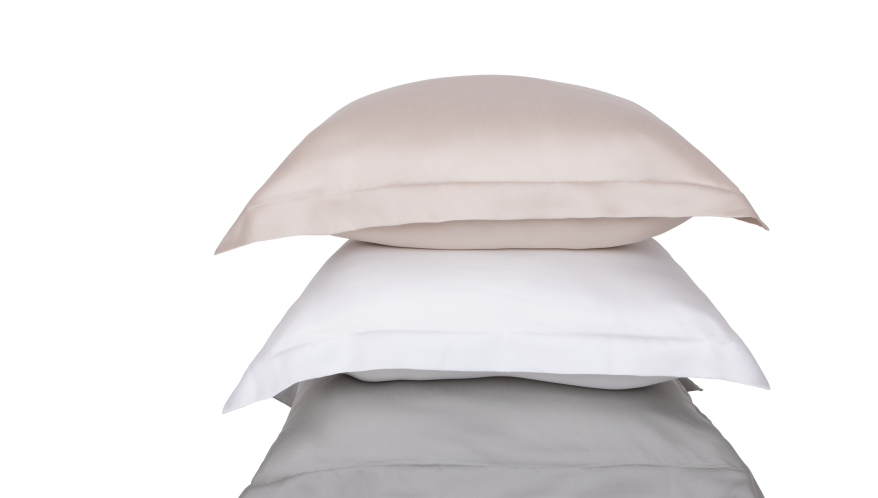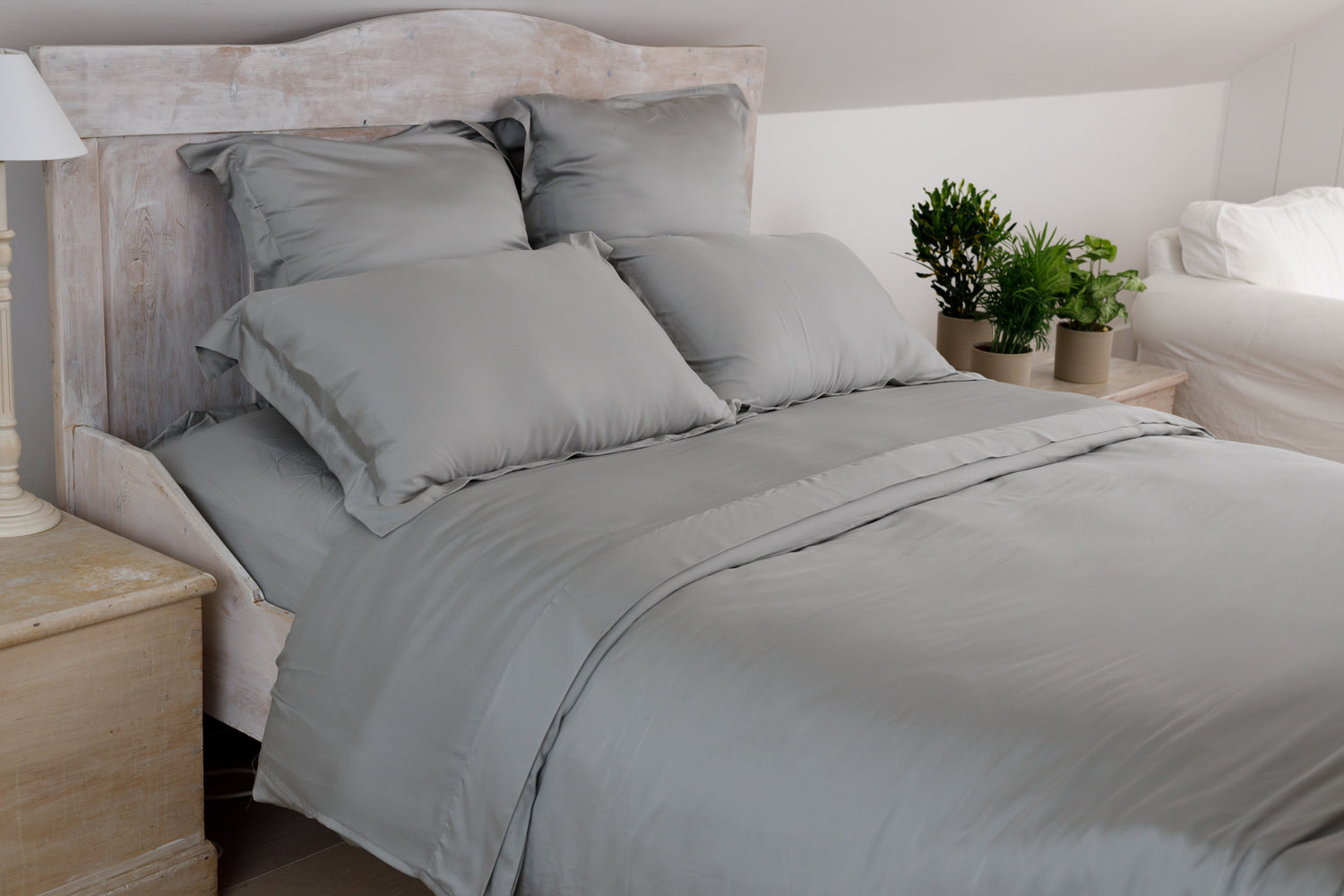Introduction
Pillows are more than just a cozy accessory for your bed - they’re a crucial part of your sleep quality. But how often should you replace them? You’ve probably heard of the "2-year rule," but what does it really mean? How do you know when your pillow is past its prime?
If you’re anything like most people, you may not think much about replacing your pillow. But experts agree: your pillow is one of the most important components of your sleep hygiene, and an old, worn-out pillow can lead to a host of health problems. From neck pain to allergies, your pillow’s age can affect both your comfort and your well-being.
In this post, we’ll explain why the 2-year rule matters, how to tell when it’s time for a new pillow, and what to look for in a pillow that supports healthy sleep.
Why the 2-Year Rule Exists
So, why is the 2-year rule for pillows such a common guideline? There are several reasons, but it all comes down to hygiene, support, and durability. Over time, pillows lose their shape, absorb sweat, oils, allergens, and bacteria, and become a breeding ground for dust mites and fungi. Here's why replacing your pillow every two years is so important:
1. Pillow Shape and Support Deteriorate Over Time
Your pillow’s main job is to provide proper support for your neck and head while you sleep. But as time passes, the filling inside your pillow starts to break down. Whether it’s memory foam, synthetic fibres, or down feathers, all pillow types lose their original shape and structure.
An unsupported neck can lead to:
-
Neck and back pain
-
Headaches
-
Shoulder stiffness
Replacing your pillow ensures your neck and spine are properly aligned, which reduces the risk of discomfort.
2. Dust Mites, Allergens, and Bacteria Accumulate
It’s not just the pillow’s shape that gets affected over time. Pillows also collect dust mites, sweat, dead skin cells, and oils from your body, all of which create a breeding ground for bacteria and mould.
These allergens can trigger symptoms such as:
-
Sneezing
-
Skin irritation
-
Respiratory issues
Regularly replacing your pillow - especially if you suffer from allergies - helps maintain a clean, healthy sleep environment.
How to Tell If Your Pillow Is Past Its Prime
It’s easy to think that your pillow is still fine, but there are clear signs that it may be time for a new one. Here’s how to know when your pillow has crossed the line from cozy to questionable.
1. It’s Flat and Lumpy
If your pillow is noticeably flat, lumpy, or misshapen, it’s no longer providing the support your body needs. Simply fluffing the pillow may not restore its shape. A pillow that has lost its structure cannot properly align your head and neck.
2. You Wake Up with Neck or Back Pain
If you wake up with neck stiffness or back pain, your pillow might be the culprit. Over time, pillows lose their ability to support your spine and head properly, leading to uncomfortable mornings.
3. It’s Over 2 Years Old
As we’ve mentioned, the 2-year rule is a general guideline based on how long most pillows maintain their shape and function. Even if your pillow still looks okay, after two years, it’s likely accumulating bacteria and allergens that can affect your health.
4. It Has an Unpleasant Odour
A pillow that has absorbed oils, sweat, and bacteria will often develop an unpleasant smell. Even regular washing won’t always remove deeply embedded odours. If your pillow smells stale, it’s time to replace it.
The Benefits of Replacing Your Pillow Regularly
Regularly replacing your pillow not only improves your sleep quality but also promotes better health. Here’s why you should consider upgrading your pillow every couple of years:
1. Better Sleep Quality
A pillow that offers optimal support keeps your body aligned, helping you sleep better throughout the night. This results in fewer interruptions and better rest, allowing your body to recover properly.
2. Healthier Skin
Pillows are notorious for harbouring bacteria and allergens. If you’re prone to acne or skin conditions, replacing your pillow regularly helps to prevent flare-ups by keeping your sleep surface clean.
3. Improved Respiratory Health
For allergy and asthma sufferers, replacing pillows helps reduce exposure to dust mites, fungi, and other allergens, improving air quality and reducing symptoms while you sleep.
What to Look for in a New Pillow
If your pillow is due for replacement, you might be wondering what kind of pillow to choose. Not all pillows are created equal, so here are some key features to consider when selecting your next one:
1. Hypoallergenic Materials
For a cleaner, healthier sleep environment, look for pillows made from hypoallergenic materials, such as organic cotton or bamboo. These materials are naturally resistant to dust mites, bacteria, and mould.
Our Bamboo Pillows are perfect for all skin types and sleep positions. They are filled with a blend of recycled fibre and bamboo, which is gentle on your skin and temperature-regulating for a comfortable night’s sleep.
2. Proper Support
Your pillow should offer proper support for your neck and spine. Consider the firmness level that suits your sleeping position - softer pillows for side sleepers, and firmer ones for back or stomach sleepers.
3. Eco-Friendly Materials
When replacing your pillow, consider sustainability. Choose pillows made from eco-friendly, sustainable materials that help reduce your environmental footprint. Our Bamboo Pillows are a great option, offering both comfort and sustainability.
4. Durability
Look for pillows that are built to last, with durable fillings and covers that won’t lose their shape easily. High-quality pillows, such as our Bamboo Pillows, are designed to withstand regular use and continue supporting you for years to come.
Conclusion: Don’t Wait Too Long to Replace Your Pillow
Replacing your pillow every two years isn’t just a recommendation - it’s crucial for your health and comfort. Old, worn-out pillows can lead to neck pain, allergies, and poor-quality sleep, while a new pillow can improve your posture, skin, and overall restfulness.
Ready to upgrade your pillow and sleep cleaner, healthier, and better?
Explore our luxury, sustainable pillow range today - designed for optimal support, hygiene, and comfort.


